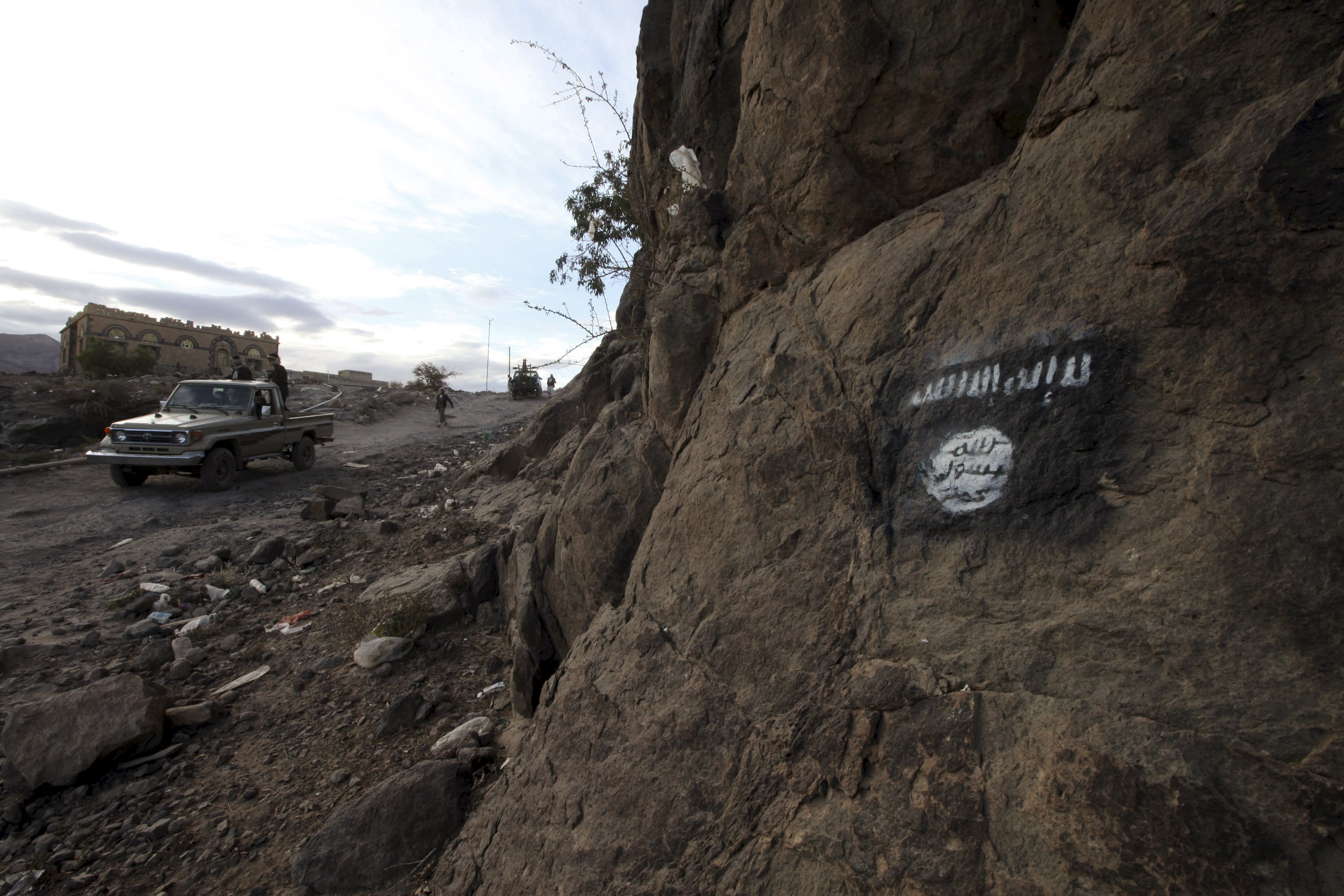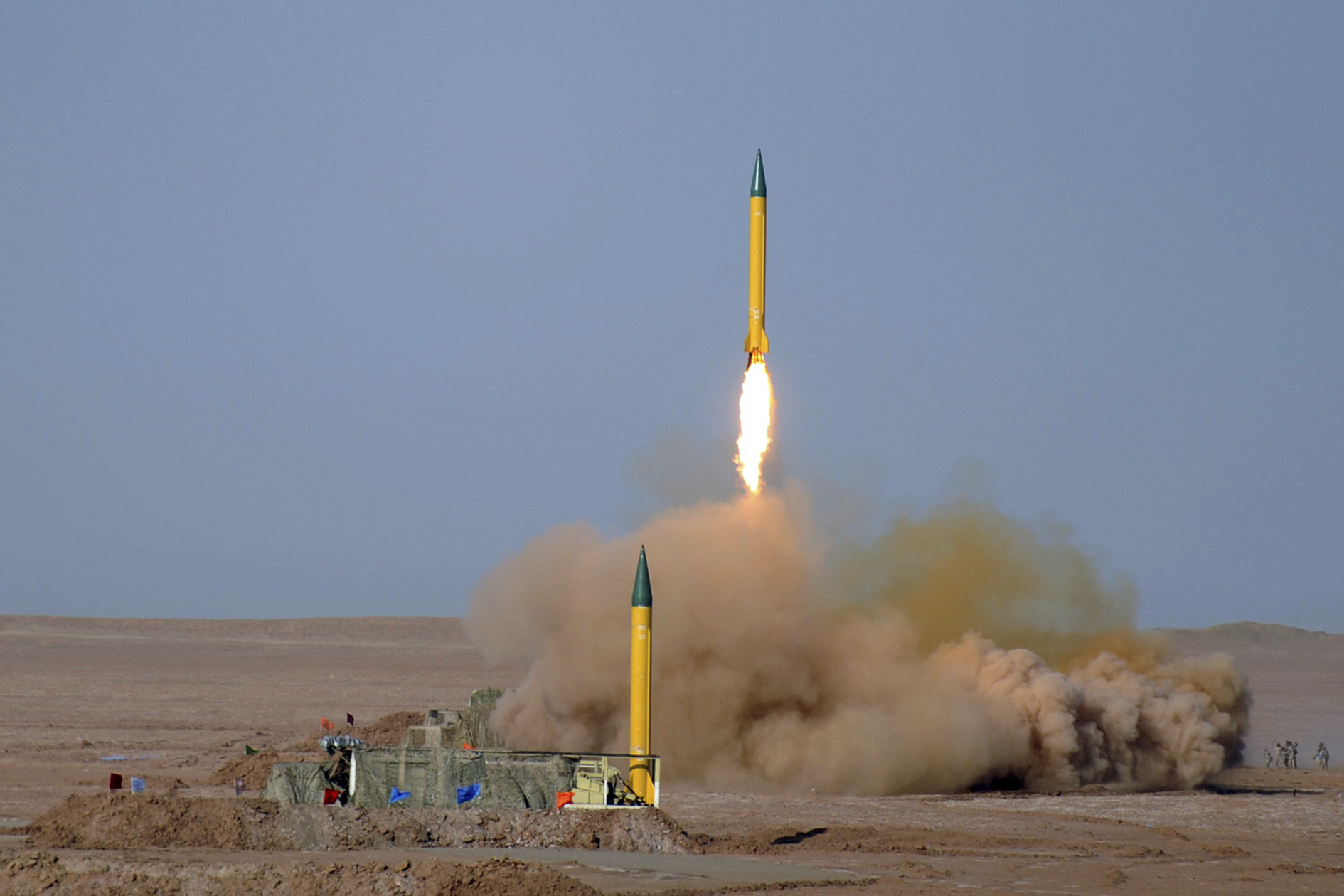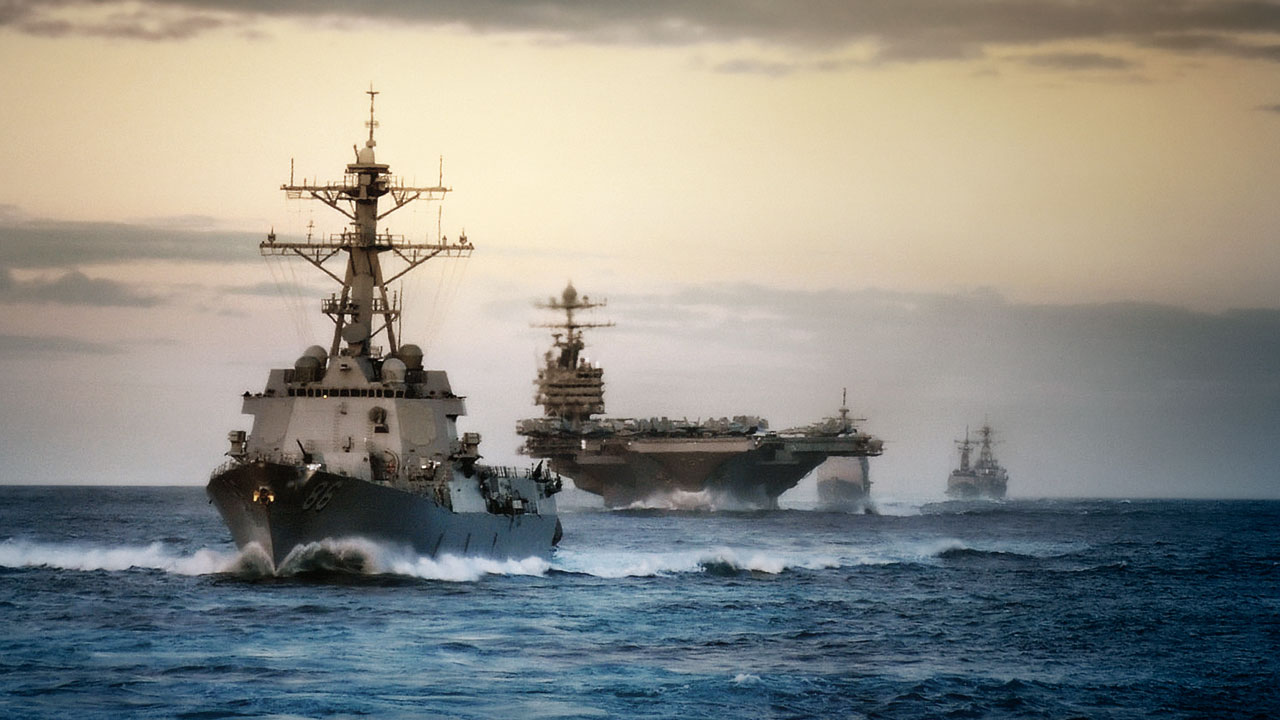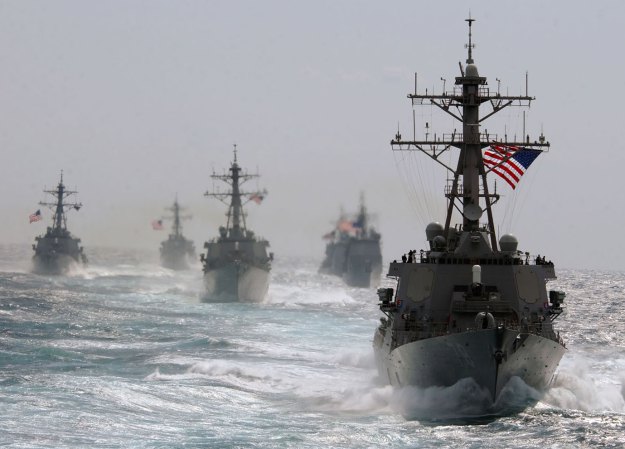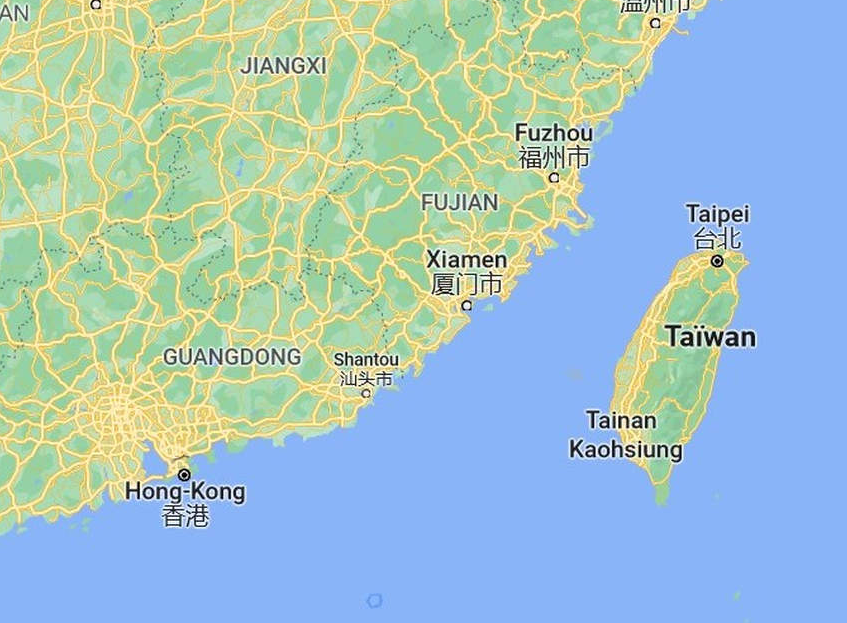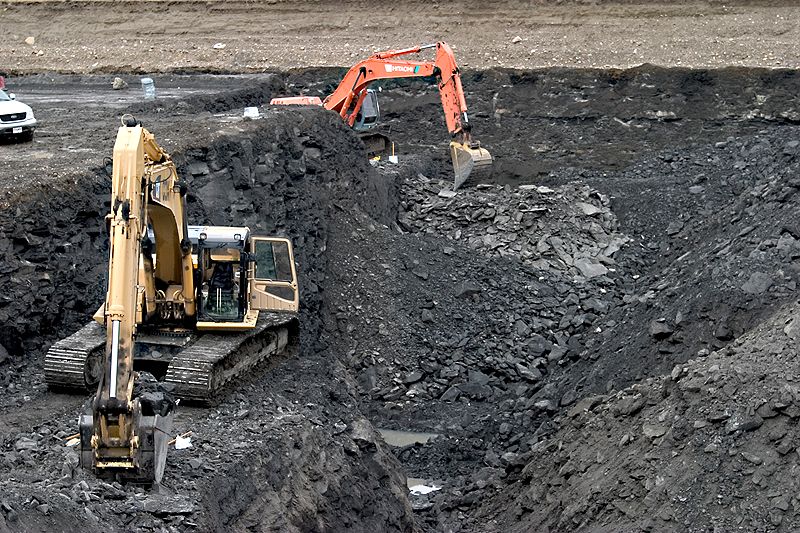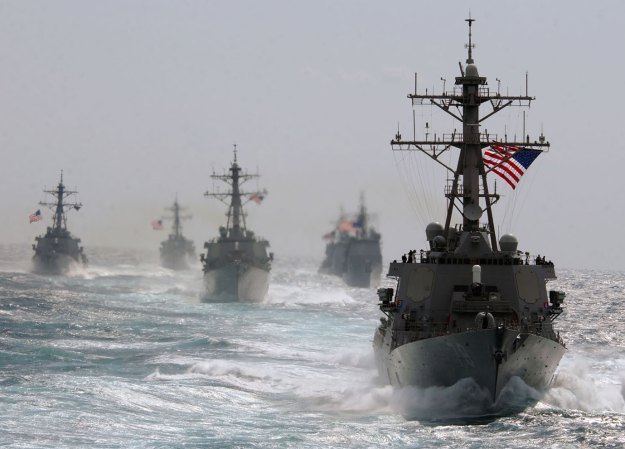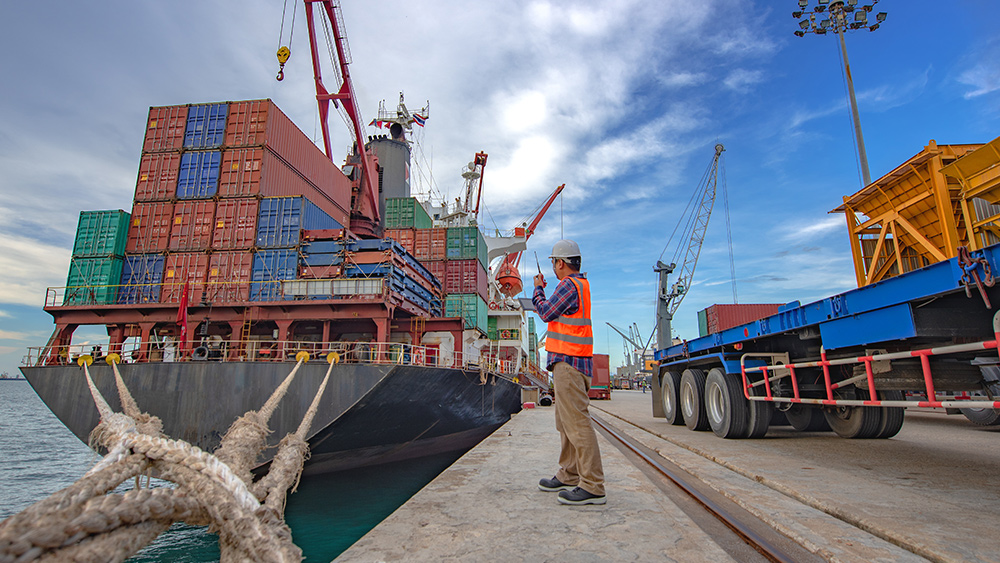ESCALATION: U.S. strikes Iran-backed Houthi rebels after Iran hijacks oil tanker in Gulf of Oman
01/16/2024 / By Cassie B.

The U.S. and U.K. have carried out strikes against numerous targets in areas of Yemen controlled by Houthi rebels following the seizure of an oil tanker in the Gulf of Oman by Iran.
The seized vessel is an oil tanker known as the St. Nikolas that bears Marshall Islands flags. Previously known as the Suez Rajan, the tanker was part of a major dispute between America and Iran last year that resulted in the U.S. seizing more than a million barrels of unauthorized Iranian crude oil that they claimed was being illegally sold to China.
The ship was on its way to Turkey with 145,000 tons of crude from Iraq when Iranian naval forces boarded it at around 3:30am and seized it, forcing it to change its course and head toward Iranian territorial waters in a flagrant violation of international law.
Reports by the United Kingdom Maritime Trade Operations authority state: “Unauthorized boarders are reported to be wearing military-style black uniforms with black masks. CSO reports that the vessel has altered its course towards Iranian territorial waters, and communications with the vessel have been lost.”
The ship’s automatic identification system was turned off, and its last known position was roughly 50 miles east of Sohar, Oman.
Western military forces strike more than 60 Houthi targets
In response to the hijacking, the U.S. and U.K. militaries carried out a series of strikes aimed at more than 60 targets in 16 Houthi militant locations. Targets included munitions depots, production facilities, drone storage sites, radar systems for air defense, command centers and missile launching systems.
A senior military official said that the assets destroyed in the strikes were “significant” and stressed that efforts were taken to “minimize collateral damage.”
“We were absolutely not targeting civilian population centers. We were going after very specific capabilities, in very specific locations, with precision munitions,” the official clarified.
In a statement released by the White House, President Joe Biden announced that he had ordered the strikes “in direct response to unprecedented Houthi attacks against international maritime vessels in the Red Sea.”
The statement said that the U.S. and U.K. received support from countries such as the Netherlands, Canada, Australia and Bahrain and added that the U.S. will “not hesitate to direct further measures to protect our people and the free flow of international commerce as necessary.”
Shortly before the incident, U.S. navy warships shot down dozens of drones and missiles in the Red Sea in what has been described as the “largest-ever barrage of drones and missiles targeting shipping in the Red Sea attack.”
Fears of escalation as Iran and U.S. take direct action
Iranian-backed Houthi rebels in Yemen have been carrying out a series of attacks in the Red Sea in the past several weeks in what they claim is a show of solidarity for Palestinians as Israel continues to carry out military operations in Gaza. Until now, the only action Iran has taken directly was sending a naval vessel to the area. Numerous drones and missiles fired by the rebels have been shot down by the U.S. and other western navies in the past few weeks.
In response to the ongoing attacks by rebels, a number of international shipping companies have been diverting their vessels away from the Red Sea, lengthening their journey significantly as they travel south around Africa to avoid the dangers of the Red Sea shortcut.
Until recently, the U.S. had been trying to avoid direct strikes against Yemen to prevent escalating tensions in the region, which are already on edge as the war between Israel and Hamas continues. Fears are growing that the violence is expanding to the Strait of Hormuz, the world’s biggest oil chokepoint, which sees around 20 percent of the world’s daily oil consumption pass through it each day.
Sources for this article include:
Submit a correction >>
Tagged Under:
big government, chaos, conspiracy, dangerous, Gulf of Oman, hijacking, Houthis, insanity, Iran, military tech, national security, supply chain, terrorism, UK, US, violence, weapons technology, White House, WWIII, Yemen
This article may contain statements that reflect the opinion of the author
RECENT NEWS & ARTICLES
SupplyChainWarning.com is a fact-based public education website published by SupplyChainWarning.com Features, LLC.
All content copyright © 2021 by SupplyChainWarning.com Features, LLC.
Contact Us with Tips or Corrections
All trademarks, registered trademarks and servicemarks mentioned on this site are the property of their respective owners.


